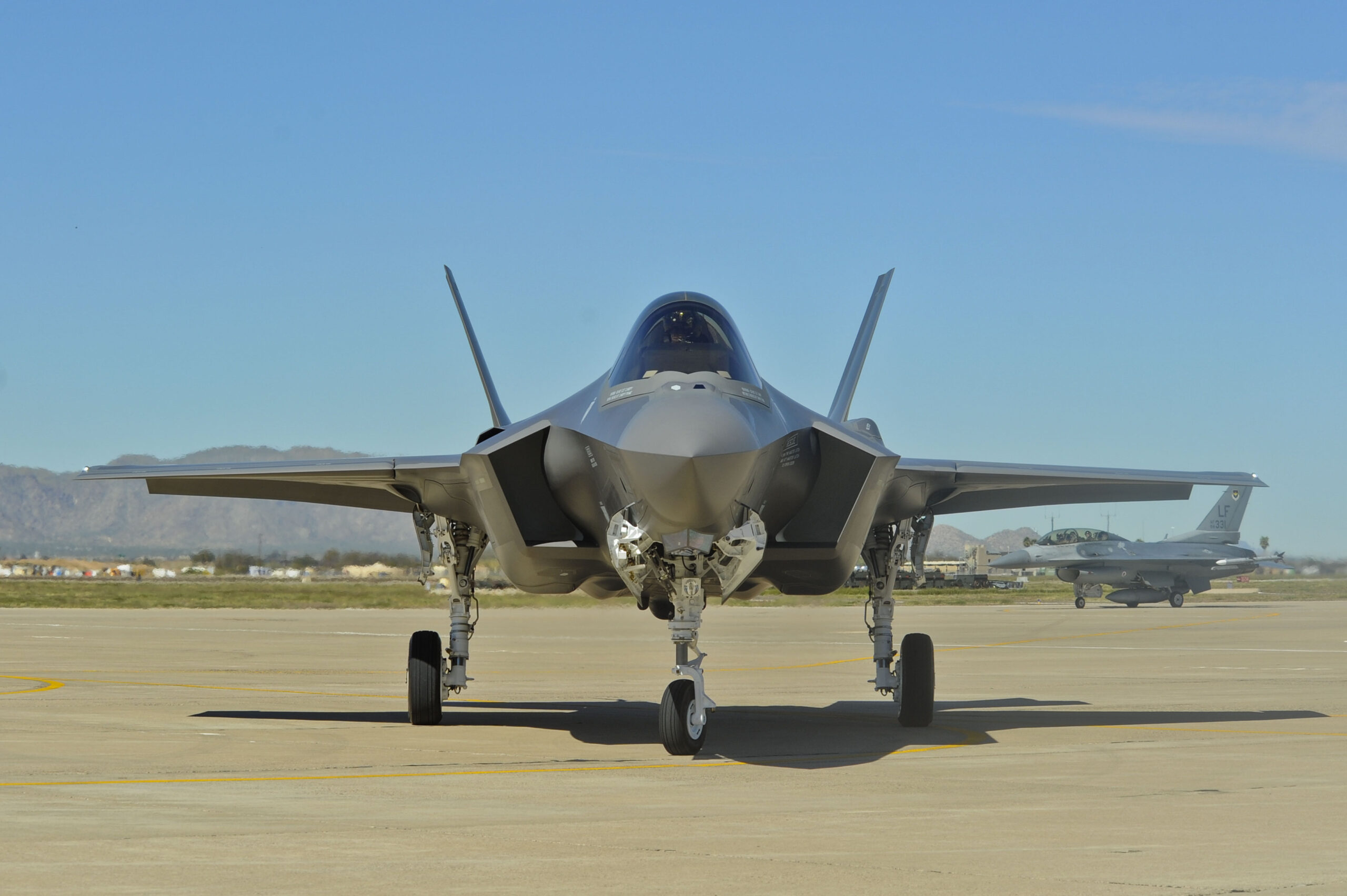International
Europeist Germany do not buy F-35 in Europa, but only from US, creating jobs there

Nice and smart Germans, and above all very pro-European: having to take the same plane, they prefer to have it delivered from the U.S. rather than assembled in Cameri, Italy. In this way, they counter the creation of employment in the U.S. and not in the EU.
After abandoning European Eurofighter warplanes, being late with FCAS, and opting for U.S. F-35 stealth fighters in an $8.8 billion deal, Germany decided to build all its F-35 jets at the Final Assembly Checkout (FACO) facility in Fort Worth, Texas, instead of the European FACO in Cameri, Italy.
In 2022, Germany decided to purchase 35 F-35 jets from the United States. The move marked the culmination of its effort to replace its aging Tornado fleet. The fleet had 46 dual-capable Tornado fighter-bombers in various stages of readiness in support of NATO’s nuclear weapons sharing doctrine.
Initially, it was expected that a portion of the ordered fleet would be built at the Final Assembly Checkout (FACO) facility in Cameri, Italy. Indications from representatives of Lockheed Martin added fuel to this expectation.
In December 2022, during the signing of the Letter of Acceptance, J.R. McDonald, vice president of F-35 business development at Lockheed Martin, stated that the intended plan was for Germany to purchase the aircraft from both Cameri and Fort Worth to avoid delivery delays.
However, Germany surprised many by choosing to build the entire fleet at the production facility in Fort Worth, Texas, USA. Deliveries of German F-35s will begin in 2026, with the first aircraft arriving in Germany in 2027.
An aviation journalist, Gareth Jennings, broke the news, confirming that final assembly and check-out of the German F-35 aircraft will take place at the Fort Worth plant. “Currently, final assembly and check-out of the German F-35 aircraft are scheduled to take place at the Fort Worth plant, using major components from across Europe, including Germany, the United Kingdom, and Italy,” according to Jennings.
Cameri, located in northwestern Italy, boasts one of two FACO plants outside the United States; the other is located in Nagoya, Japan. In addition to the Italian F-35s, FACO in Cameri is also responsible for the production of aircraft for the Netherlands and Switzerland.
The U.S. government recently decided to open the European plant to any other continental customers interested in using it. Italian companies also contribute vital components such as rear actuators, wings, radios, cockpit lighting and electronic warfare systems for F-35s around the world.
The German decision has left many questioning the motives behind Berlin’s decision to bypass the European FACO in Cameri in favor of the American facility. At this time, German authorities have provided no official explanation.
European F-35 plant builds fewer F-35s than U.S. counterpart
The Italian FACO facility in Cameri is a vital hub in the global F-35 production network, with state-of-the-art infrastructure and capabilities.
Spanning 101 acres, including 22 buildings and more than one million square feet of covered workspace, the Italian Ministry of Defense owns the facility. It operates in partnership with Leonardo and Lockheed Martin Aeronautics.
With 11 assembly stations and five maintenance, repair, overhaul, and upgrade bays, the Cameri facility is a hive of activity, with 800 skilled employees engaged in the complete assembly of both F-35A and F-35B conventional takeoff and landing aircraft variants.

F-35
Cameri is the only facility outside the United States with F-35B production capabilities, showcasing Italy’s advanced aerospace manufacturing capabilities.
It has been designated as the F-35 maintenance, repair, overhaul and upgrade center for the entire European region. Recent developments have seen the U.S. government grant European customers the option to request that their F-35 aircraft be produced at the Cameri plant.
Although prices and production standards remain consistent, with U.S. Air Force officials overseeing quality control, the main difference lies in production volumes. Cameri currently builds about 15 F-35s per year, while Fort Worth, Texas, produces about 130.
Despite this discrepancy, European production appeals to customers who want accelerated initial delivery of the aircraft, despite ongoing delays in the TR-3 (Technology Refresh 3) configuration. This is because, despite everything, the Italian factory delivers more quickly.
The delays stem from supply chain challenges related to TR-3 components and ongoing testing of the configuration, which includes a processor and software package, as well as other new equipment essential to the F-35 Block 4 upgrade of the international fighter.
Lockheed Martin confirmed earlier that Cameri is producing TR-2 aircraft, which are not affected by the delays. It also mentioned plans to retrofit to the TR-3 configuration.
While Germany has given up production of Cameri, Poland has emerged as an interested party. Gareth Jennings revealed Poland’s interest, citing the plant’s advantages in terms of rapid delivery.
However, Germany doesn’t give a damn about employment in Europe; in fact, if it can, it harms other ap countries, as this choice shows.






